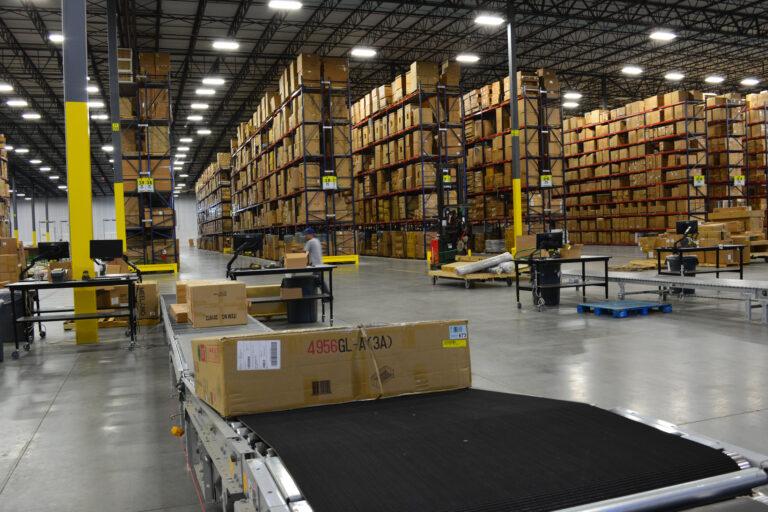Staffing Outlook: Three Considerations for Manufacturers in 2018
What’s shaping the state of manufacturing staffing?
This time of year, many businesses often step back and take stock of the trends and issues impacting their industries to determine priorities for the year ahead. The manufacturing sector is no exception, and a few recent reports provide some hard evidence of what to expect in 2018. We’ve shared three facts that are shaping the employment agenda and predict how the industry will respond over the next year.
1. Smaller metro areas deemed best for manufacturing workers.
The best places to work in the manufacturing industry are in smaller metro areas, with the top ten cities averaging only about 300,000 residents. They vary widely, though, and are in states all over the country—from the Pacific Ocean to the Atlantic Ocean and from Canada to Mexico. This is all according to SmartAsset’s second annual study on the best places to work in manufacturing. The company analyzed 483 metro areas for employment and income growth in manufacturing, density of manufacturing jobs and housing costs.
Our take: While the unemployment rate is at a record-breaking low, we expect to see more reports like this that start to pinpoint geographical opportunities—for both businesses and workers—at an industry level.
2. Skills shortage tops the worry list.
While the economy has been a longtime, post-recession concern for manufacturers, the tides have certainly turned. The monthly ISM index has reported manufacturing job growth for 15 straight months, adding 138,000 so far in 2017. This economic optimism is on display in the ASQ 2018 Manufacturing Outlook Survey. For the last five years, manufacturers have listed the economy as their biggest challenge, but this year it’s the shortage of skilled workers. According to the report, 41% of manufacturers are worried about finding qualified workers, while the economy ranked second at 30%.
Our take: The skills shortage isn’t new, but what is less understood is the role of technology, artificial intelligence and robotics in bridging the gap. We expect there to be more clarity around this in 2018.
3. Manufacturers are taking matters into their own hands to meet demand.
That same ASQ report listed above shared the ways that employers are combatting this skills gap, and not surprisingly, using temporary workers is the most popular strategy. The biggest percentage of respondents (39%) turn to staffing agencies for help filling roles while a few are using enhanced benefits packages to attract full-time hires (15%). To solve the bigger problem at large, 30% of surveyed manufacturers are partnering with local colleges to teach the skills that today’s workers are lacking. Other programs, such as LIFT the TriState, focus on re-skilling un- and under-employed adults so they may enter the manufacturing field.
Our take: The staffing industry is all about creating opportunities for employment. Manufacturers, staffing firms and community organizations will continue to come together around a common goal to help both businesses and the workers themselves thrive.
Skills Gap Podcast
We covered a lot of these staffing for manufacturing topics when we sat down recently for the Recruitment Innovation Exchange. Listen to the podcast for more about the skills gap and how BelFlex is helping to address it.







